It’s interesting to look back and conjecture what made Byron Bay what it is today. Most assume it was the beauty of the beaches and the hinterland. This attracted people who bought more people etc. Neverland, a new book by local author Tricia Shantz, lays it all at the bare feet of the early American (and some Australian) surfers. It was this influx of early surfers that permanently altered the culture and future direction of the town.
The Perfect Wave
In the 60s and 70s, the pristine point breaks of Byron Bay and other breaks between Noosa and Angourie featured in several internationally released surf films. The premise is that these early low-budget movies were just as effective as Paul Hogan’s ‘Throw another shrimp on the barbie’ routine as an advertising campaign to get Americans to visit here. Audiences in the USA and beyond were enthralled by the vision of perfect sets rolling onto sandy white, uncrowded beaches with relatively warm water. They came, they saw, they surfed!
Tricia is originally Canadian and is also trained as a journalist and town planner. Her partner is local identity, Rusty Miller. Rusty was the 1965 USA Surfing Champion and moved permanently to Byron Bay in 1970. There is probably no way to prove it was this bunch of dropout surfers and their 16mm movies that put Byron on the map, but the argument is pretty good.
The Early Days
The hippies did not arrive till after the Aquarius Festival in Nimbin in 1973. Before then the surfers had the place to themselves. Byron was still focused then on primary industries and the meat works. The abattoir at Belongil Beach, which also did a stretch processing whales, was still in action and it was not uncommon to be surfing on Main Beach amidst the floating blood and offal that attracted circling sharks.
The culture wars were even more strident back then and the long-haired surfers were not always welcome. Some of them did day labour at the meatworks to cover costs. But suspicions grew when a few Americans were able to buy houses and land without a job or any visible means of support.
Were they all coming in with hollowed-out surfboards? Not necessarily. Most of them were entrepreneurial and started businesses or made surfboards. Unlike local surfers, they were not able to get the dole. There were about 15-20 surfers mainly from California who visited, left, or settled here permanently in those early days. Some were evading the Vietnam draft while some were just looking for the perfect wave.
People and Businesses
Many of these early settlers are still here today and what they created still exists. Bill Conner (BC) started BC Hats and opened a hat factory in the industrial estate. Surf Aids and a number of other surfboard shaping shops still operate. Danny Doeppel was responsible for starting the Piggery, which became the Arts Factory and then hosted the first few Byron Bay Blues Festivals. Colin Heaney started at the Arts Factory creating a successful glass-blowing business. Jim Stephens started Glass Designs doing leadlight.
George Greenough still lives in the pyramid house at 7 Mile beach. Inventor, innovator, and filmmaker, he was the first to film inside the tube and had a lot to do with fin design, and developing the shortboard, along with Bob McTavish This book, Neverland, took its name from a clothes shop at 50 Jonson St., where the Hot Bread shop now sits. Lissa Coote, who still lives here, started a juice bar out the back under an awning.
Property Prices
Inside the Neverland flysheet opens with a photocopy advertising vacant land sites at Wategos Beach. This page is most emblematic of the changes to happen to the sleepy, working-class, agricultural town of Byron Bay. The land lots were for sale at auction in 1970 for between $300 – $2000. Two recent sales at Wategos Beach were in the low $20 mil. You need to dig deep to drop out, or drop in, these days. Most of the fun-loving, wide-eyed lads from California had no idea of the changes that would follow in their wake.
Here is the link to an ABC article on the story as well.
Neverland is available at The Book Room in Byron Bay as well as direct from the website.
Articles that relate to Byron’s Creation Myth
Magical Byron: What Do We Want To Keep?
Byron Dreaming: Where will we be in 10 years?
NIMBY or YIMBY?
Hot Properties – July / August / September 2022
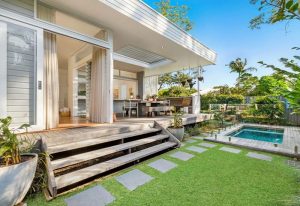
43 Kingsley Street, Byron Bay
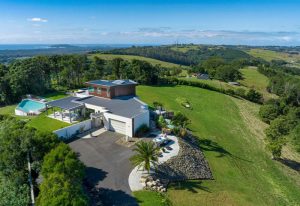
Skyfall, 29 Browns Crescent, Mcloed’s Shoot
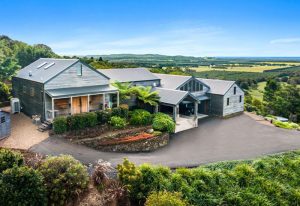
13 Edward Place, Knockrow
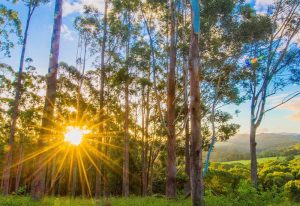
Coorabell Ridge
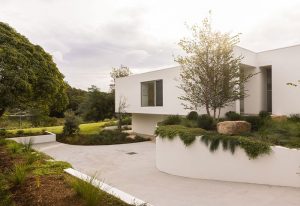
17 Whip Bird Place, Ewingsdale
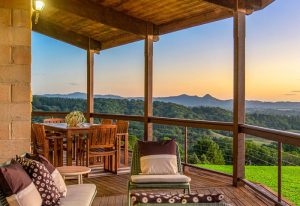
18 James View Court, Coorabell
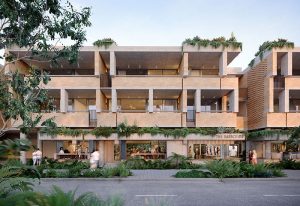
The Barbotine, 116-118 Jonson St, Byron Bay
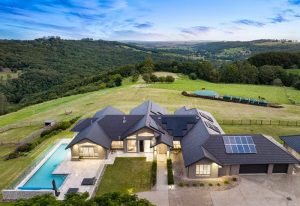
88-90 Mollys Grass Road, Tregeagle
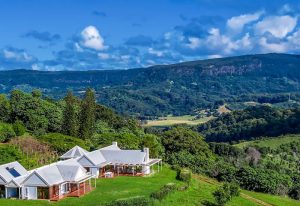
83 Mount Chincogan Drive, Mullumbimby
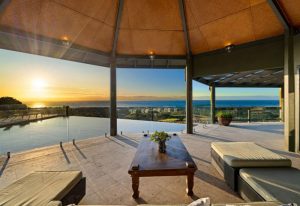
59 Coopers Shoot Road, Coopers Shoot
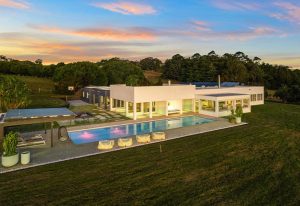
Amelika, 28 Blackbean Lane, Federal

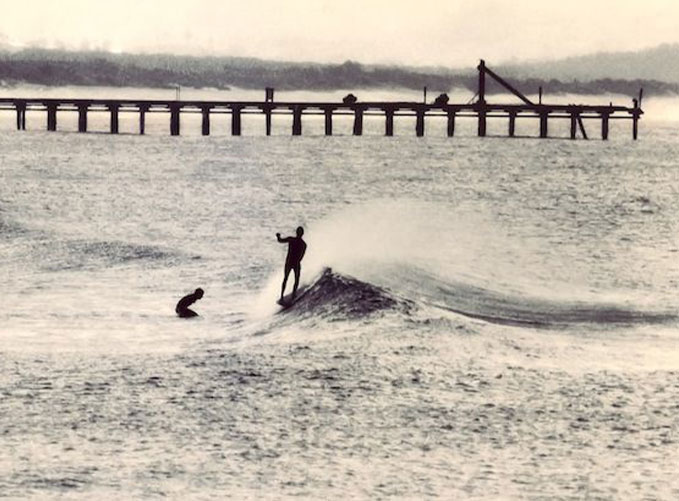
A pleasant surprise, the Byron information washing over my Kentucky (not NSW) US brain. I saw it happening from the year 1975.
Hi Bruce, were you a USA visitor not mentioned in the book?